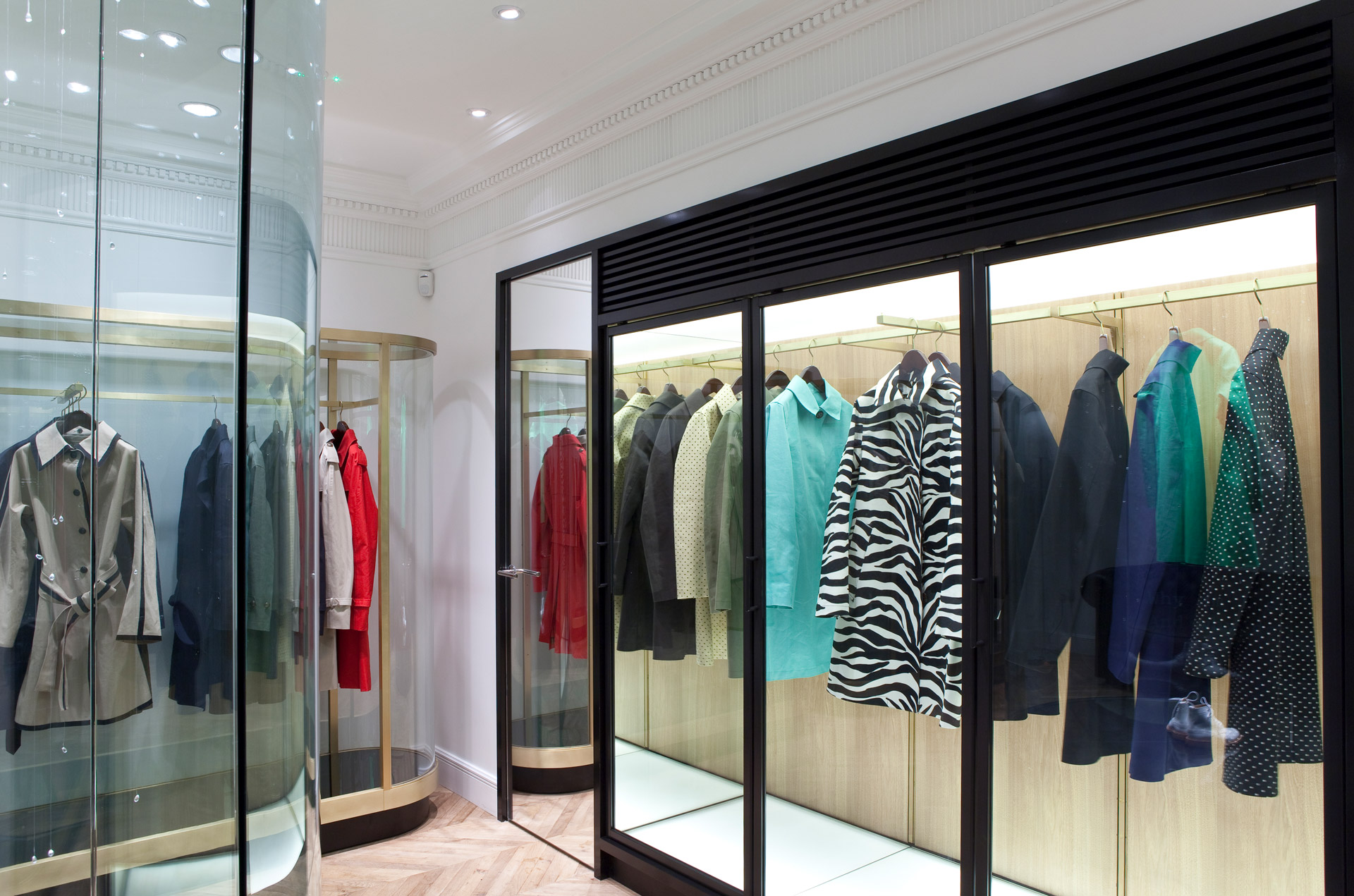The journey of converting a commercial space from a mere concept to a fully operational store is both thrilling and challenging. A well-executed retail fit-out not only enhances the aesthetic appeal of your store but also plays a crucial role in shaping customer experiences and increasing sales. With the right approach, a meticulously planned fit-out can create an inviting atmosphere that invites shoppers to linger longer in your store and ultimately boosts your bottom line.
In this detailed guide, we will explore the nuances of retail fit-outs, covering everything from design and planning to financial planning and project management. If you are launching a new venture, undergoing a renovation, or looking to refresh an existing space, understanding the fit-out process is essential for creating a store that resonates with your target audience. Join us as we walk through the steps involved in a productive retail fit-out and discover the trends and fresh ideas that are defining the future of retail environments.
Grasping Retail Fit-Outs
Retail outfitting refer to the procedure of transforming a empty space into a well-equipped retail environment that meets the specific needs of a business. This process begins with the preliminary concept, where brand owners and designers collaborate to envision how the space will not only look but also function. It covers everything from the layout and design to the choice of materials and fixtures. An effective retail fit-out is important for ensuring that the brand message is communicated clearly and that customers experience welcomed and engaged.
The significance of retail fit-outs goes beyond aesthetics. A thoughtfully constructed fit-out can greatly enhance the customer experience, allowing for comfortable navigation and product visibility. By thoughtfully evaluating aspects such as store layout, lighting design, and the incorporation of branding elements, retailers can create immersive shopping environments that promote customer engagement and repeat visits. This deliberate approach directly relates with increased sales and brand loyalty.

In the modern competitive market, keeping up with retail fit-out trends is vital. Businesses must adapt to changing consumer preferences, emerging technologies, and sustainability practices to remain relevant. Innovations in design and the incorporation of smart technology can create unique customer experiences that set a store apart from its competitors. Comprehending the nuances and trends within retail fit-outs can enable businesses to create spaces that not only attract customers but also reflect the brand's identity and values.
The Retail Fitting Process
The commercial fit-out process is a vital step that converts a theoretical design into a usable retail space. It begins with comprehensive planning and design, where companies focus on their goals, target market, and brand identity to create a plan that resonates with customers. Engaging with hop over to here ensures that every aspect, from layout to fixtures, is purposeful and optimized to enhance customer flow and satisfaction.
Once the design is completed, it's time to proceed into construction and installation. This stage typically entails collaborating with builders and suppliers to bring the vision to life. Effective project management is crucial during this phase to ensure that deadlines are adhered to and that any potential issues are resolved promptly. Communication between all stakeholders involved plays a key role in maintaining momentum and keeping the project within financial constraints.
After building, the next stage involves decorating and displaying the space. This is where the brand's character is brought to life through branding, lighting, color schemes, and product arrangements. An engaging store environment not only attracts customers but also motivates them to explore more, leading to increased sales. Properly executing this final step is essential to creating a welcoming atmosphere that invites shoppers to come back.
Eco-friendliness and Innovation in Retail Spaces
In recent years, environmental responsibility has become a crucial aspect of store designs, driven by both customer expectations and regulatory pressures. Retailers are increasingly looking for sustainable materials and processes that minimize their environmental impact. Eco-conscious designs, such as using upcycled resources, energy-efficient lighting, and low-VOC paints, not only contribute to nature conservation but also resonate with consumers who prioritize sustainability in their purchasing decisions.
Innovation plays a key role in modern retail fit-outs, with tech advancements becoming a significant driver of change. Innovative tech tools, such as IoT-enabled devices for stock tracking and automated lighting systems, can enhance productivity and customer engagement. These developments allow retailers to create dynamic and interactive environments, making the shopping experience more enjoyable while optimizing business expenses. Staying ahead of the curve with creative fit-out strategies can set apart a retail brand in today's competitive market.
As green initiatives and innovation converge, businesses have the opportunity to create fit-outs that align with their brand values while meeting the needs of today's eco-conscious consumers. By investing in green technologies and prioritizing eco-friendly methods, retailers can not only secure the future of their spaces but also build lasting relationships with customers who value their commitment to the planet. This strategy not only enhances the shopping environment but also positions the brand as a pioneer in sustainable retailing.
